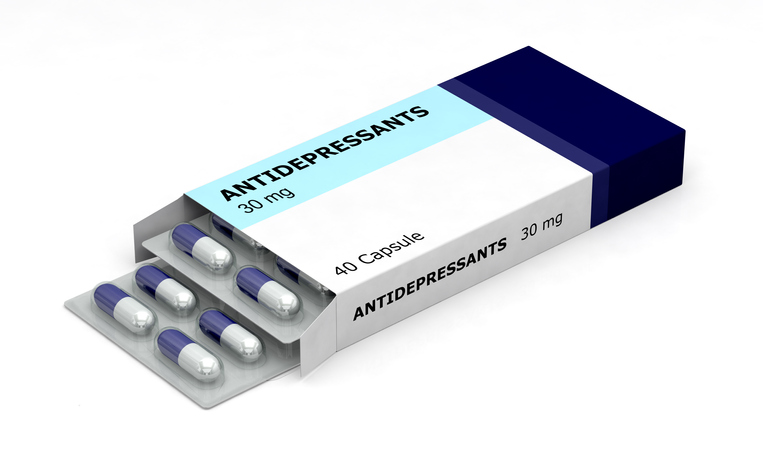Treatments
Side Effects That Become Therapeutic Effects

Drugs have two main types of effects on the body: therapeutic effects and side effects. Therapeutic effects are the intended effects on the body (the reason for prescribing or taking a medication). Side effects are unintended effects that occur as a result of taking a drug. Side effects are often negative, such as nausea, dizziness or headache.
However, drugs can sometimes produce positive side effects. When this occurs, a drug that was developed to treat one condition may have therapeutic effects for an entirely different health condition.
For example, minoxidil was initially marketed in 1979 to treat hypertension; however, over time, a side effect of hair growth was discovered as individuals who were bald began to grow hair when taking minoxidil for hypertension. In 1988, minoxidil cream was remarketed as a treatment for male-pattern baldness and hair loss in women, which is now the primary reason the drug is prescribed. The drug sildenafil is another example of a drug with a therapeutic effect for another condition than for which it was intended. It was initially developed to treat angina pectoris and hypertension. However, during clinical trials, it was discovered that although sildenafil was not a particularly effective treatment for angina, it did have a side effect of inducing erections. The U.S. Food and Drug Administration (FDA) approved the drug in 1988 for the treatment of erectile dysfunction.
The discovery of side effects that become therapeutic effects typically occurs during clinical trials. The FDA may approve the drug for its original therapeutic effect, for its newly discovered therapeutic effect (if necessary research and trials are completed), or both.



















